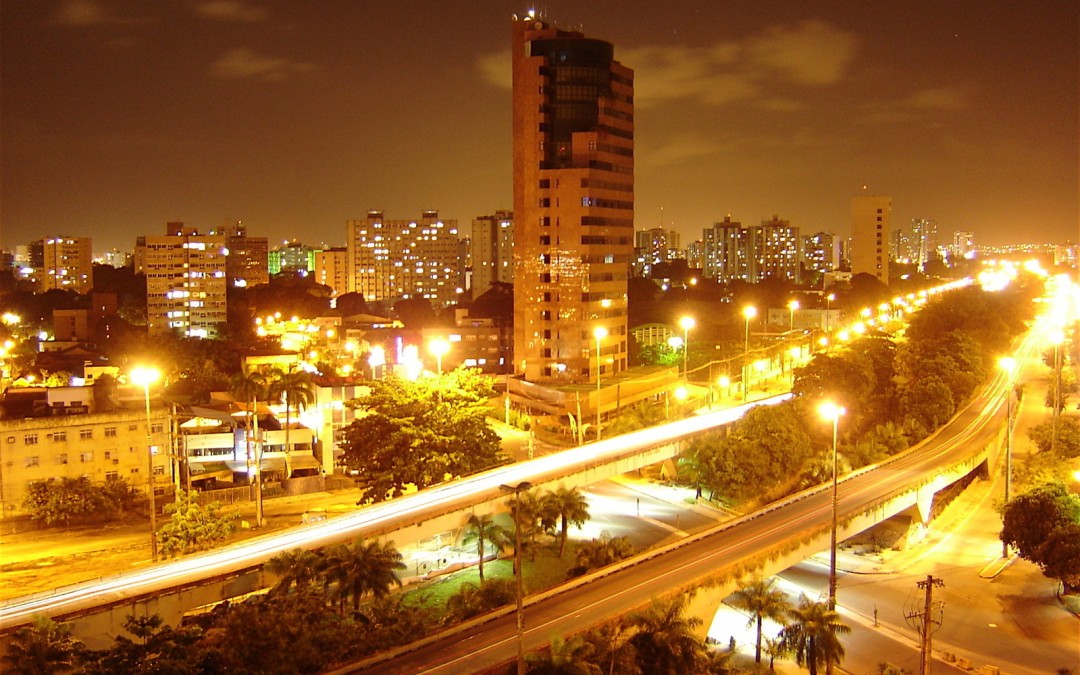The Organization for Economic Cooperation and Development (OECD) has released a new report, “The Trends Shaping Education,” that says that cities can learn from one another, share best practice and develop problem solutions in ways that are impossible at the national or international level. More than half the world’s population lives in urban centers, and the number is expected to increase to 70% by 2050. It may be safe to argue that cities are a more relevant level of government—small enough to react responsively and quickly, and large enough to wield power in world politics and economies—than are states or nations.

Source: World Bank (2015), World DataBank, World Development Indicators, Urban Population (% of total), World Bank 2015, http://data.worldbank.org/indicator/SP.URB.TOTL.IN.ZS , accessed 14 April, 2015.
“Sharing policy lessons across countries is hard, because policy is so much framed in terms of ideology and political parties. When we talk about countries, it’s often about what separates us; language and culture. But when you talk about cities, we face very similar challenges.” says Andreas Schleicher, the OECD’s education director.
The issues of big cities are magnified extremes of the issues that nations deal with. There is more employment, but also more unemployed. There are transportation systems that are solving congestion and sustainability problems, and overcrowding that challenges the capacity of those systems. There is greater connectivity, but many residents that are dangerously disconnected.
If you think of security, terrorism and radicalization, it’s not going to be a challenge for the villages of England or France – it’s going to be large metropolitan areas that are going to have to deal with this.The world is much more of a global village when you talk about cities.
In education, Mr Schleicher says comparisons between cities are particularly relevant.
“Why is it that city schools in London are so much better than city schools in New York? We should be asking ourselves that question.”
Mayors and cities are tackling the challenging issues of population concentrations through community-based solutions, not national politics. Issues that are urgent are those of relevant and responsive educational systems, protecting infrastructure from extreme climate events, and designing living, working and transportation systems that are smarter, and more useable. Densely packed populations are more vulnerable to rapid transmission of disease, and may be associated with higher risk for anxiety and mood disorders.
Population concentrations also create social alienation and increased crime levels. With the rise of digital access, there is higher citizen involvement in policy and planning, leading to accountability and building of community connections and responsiveness. Livability is improved with safer streets, reduced travel times and better services and infrastructure.
Many urban areas have populations larger than small countries, and over 800 corporate headquarters are located in cities around the world bringing an economic and innovation focus along with the effects of populations density.



